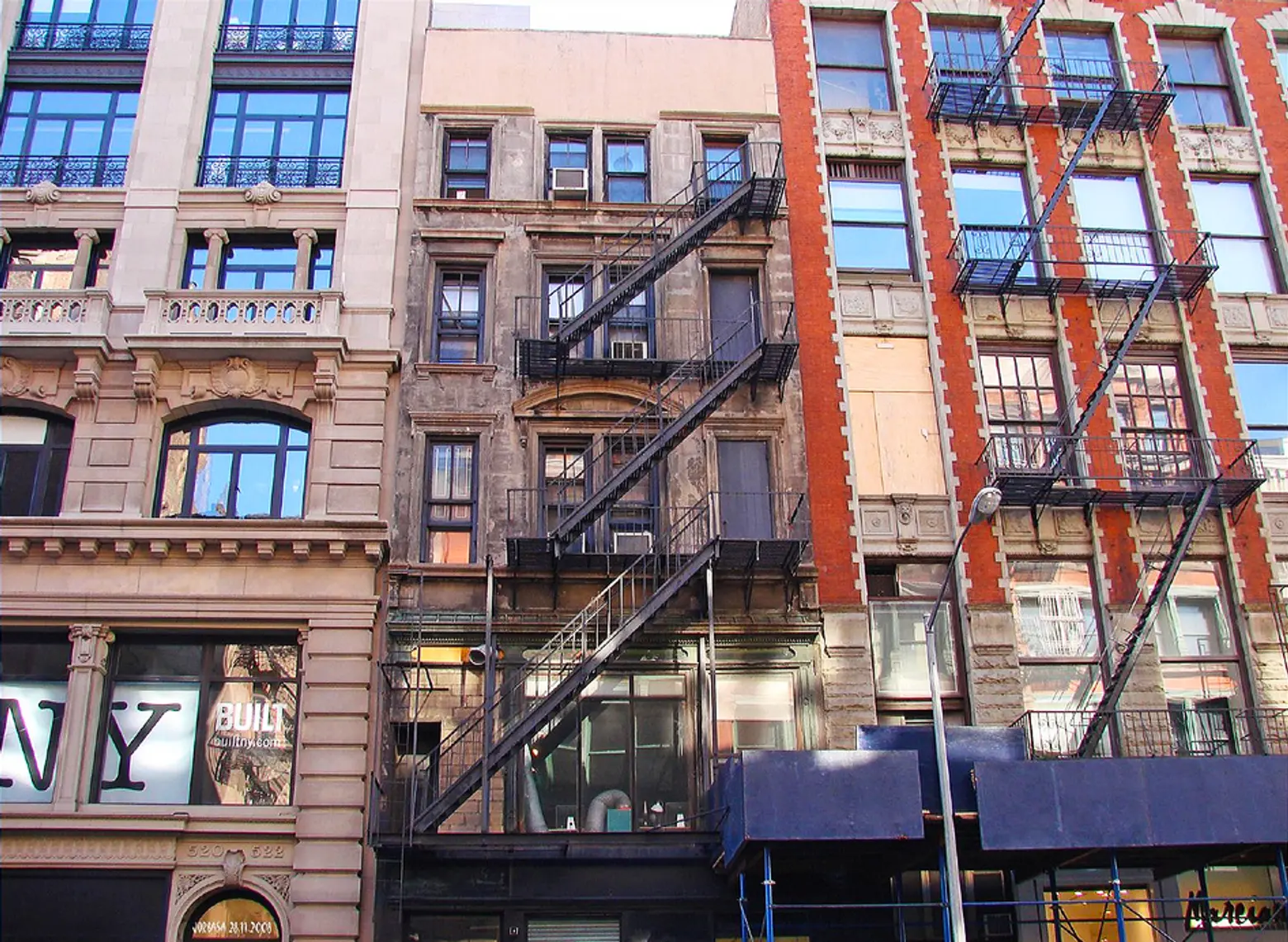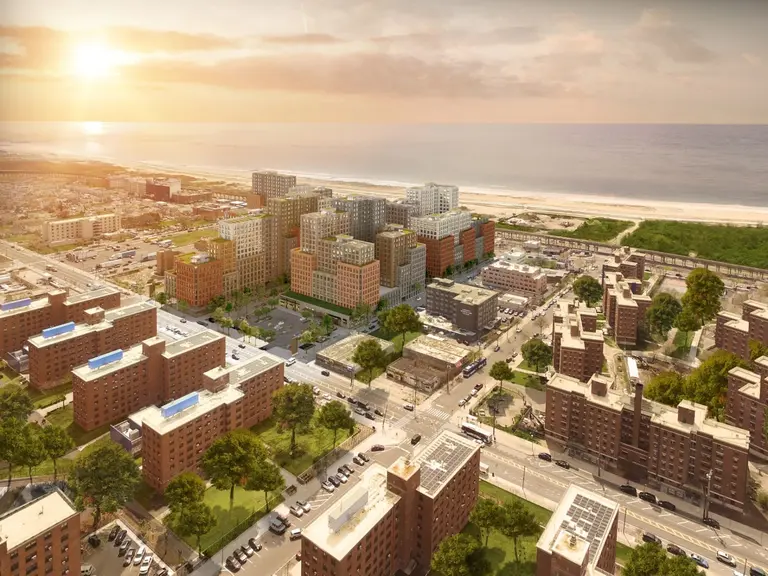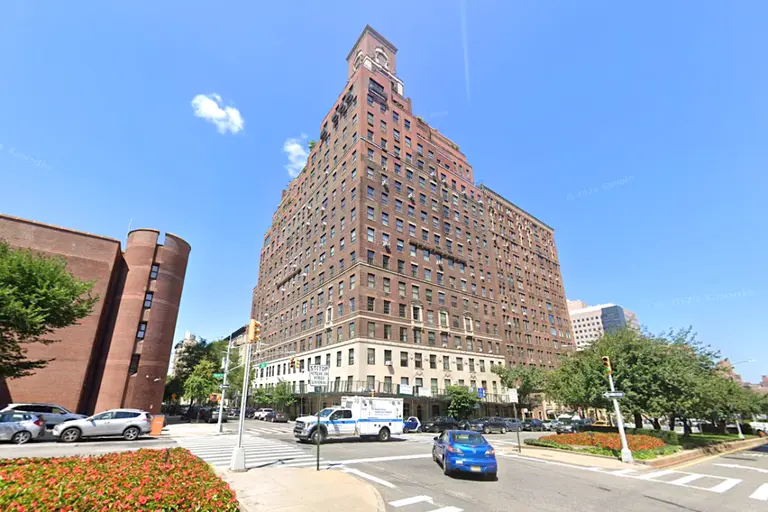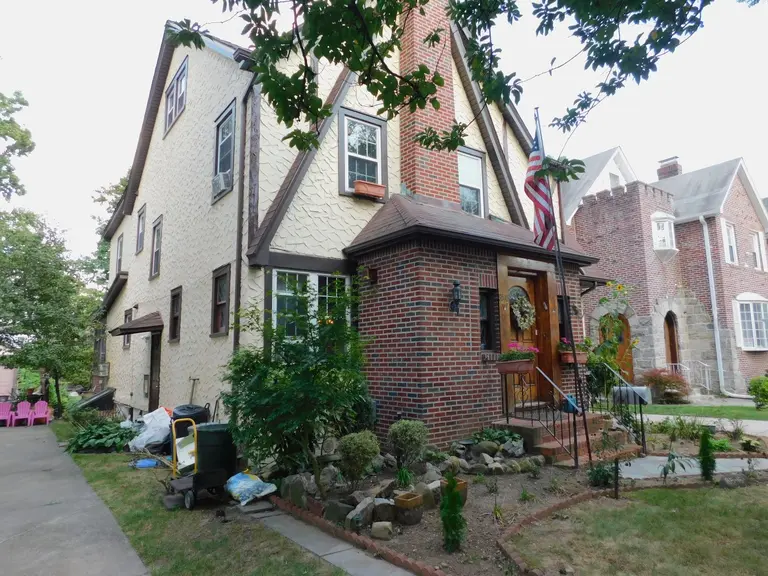Since 1993, NYC has lost 152,000 regulated units after landlords increased rent, report says

Image by Jorbasa Fotografie / Flickr
In the midst of an affordable housing crisis, rents in New York City continue to rise, a record number of New Yorkers make up the city’s homeless population and the amount of rent regulated apartments are in danger of vanishing completely. An investigation released Sunday by the New York Times found rent-stabilized apartments have been disappearing since city and state lawmakers first eradicated rent laws in 1993. Since then, the city has lost more than 152,000 regulated apartments as a result of landlords exploiting weak regulations and pushing out rent-regulated tenants, with little or no consequence from city and state agencies. And another 130,000 more apartments have been lost due to expiring tax breaks and co-op and condo conversions.
The system set in place to protect tenants and to preserve affordable housing is broken, the Times found. Over the last two decades, the weakening of rent laws, combined with the lucrative reward of free-market apartments, has contributed to the affordable housing crisis facing the city. And a major part of the problem lies in the set up of regulatory oversight, efforts which are divided among three city and state agencies.
This splintered setup has permitted landlords, architects and engineers to defy the rules again and again. To skirt around regulations when applying for construction permits, landlords will claim none of the apartments are occupied, when they are. They will bloat the cost of renovations, say it will be just minor work when it will be major and even falsely claim to have performed renovations.
Renovations allow landlords to raise rent further, while also inconveniencing current residents and annoying them to a point where they vacate. When a tenant leaves, landlords are permitted to increase the rent by about 20 percent. Once the rent is pushed past the threshold, currently $2,733.75/month, the apartment could become deregulated forever.
And even if landlords falsely certify permits, the fine from city agencies is minimal. The median building fine between 2013 and 2017 was just $800. In the rare case the city fines them, little is done to track down the payment or even to ensure the violations are fixed.
After receiving a complaints about any illegal construction, building inspectors are allowed to dismiss them if they fail twice to get inside. After three tries, the complaint is tossed out. If inspectors from the building’s department enters an apartment and orders the landlord to fix violations, many times no one follows up with them.
This election year, the issue of protective rent laws has surfaced. In the race for governor, actress and activist Cynthia Nixon has proposed a “Rent Justice for All” initiative, to bolster tenant protections across the state.
“How could you stand up to real estate developers and landlords when they are donating millions of dollars to your campaign?” Nixon questioned Gov. Andrew Cuomo, who she’ll face in the Democratic primary for governor this fall. “It’s hard to do right when you’re getting millions of dollars to do wrong.”
Last summer, Mayor Bill de Blasio signed legislation to strengthen tenant protection laws and to make it easier to take landlords to court. “As we continue to work to protect tenants and to preserve and build affordable housing, we will not hesitate to crack down on abusive landlords,” de Blasio said.
[Via NY Times]
RELATED:


























